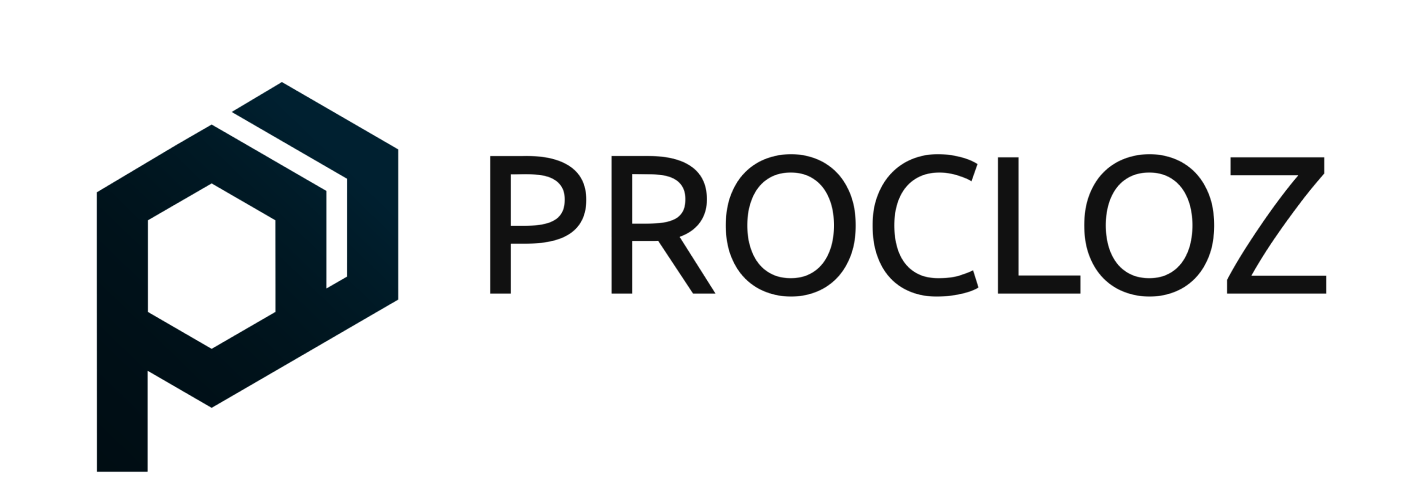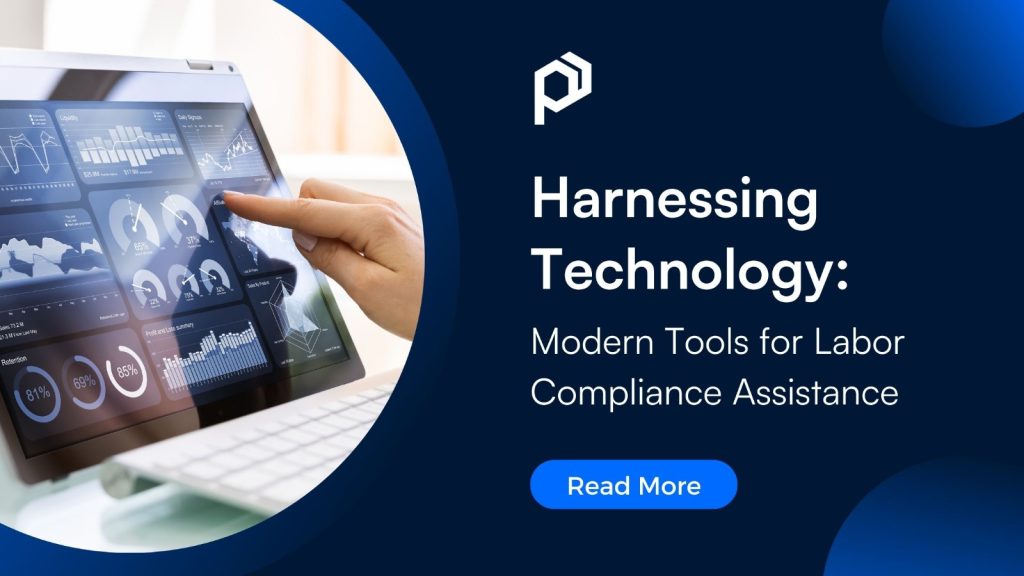Imagine a multi-state healthcare provider operating clinics in California, New York, and Texas suddenly faces a lawsuit. The reason? A minor oversight in calculating overtime pay under California’s stringent labor laws. One payroll miscalculation snowballs into fines, audits, and reputational damage. Welcome to the compliance nightmare that keeps clinic administrators up at night!
With healthcare regulations differing drastically across states, ensuring compliance is a complex, high-stakes challenge. Clinics must navigate a labyrinth of state-specific overtime pay laws, all while managing patient care, workforce scheduling, and financial sustainability. Utilize Employer of Record (EOR) solutions, the technological and legal lifeline that helps clinics stay compliant without drowning in administrative red tape.
This article explores the pivotal role EORs play in ensuring regulatory adherence, reducing compliance risks, and streamlining operations for healthcare providers across the United States.
The Overlapping Complexities of State-Specific Overtime Pay Laws
The U.S. does not have a one-size-fits-all approach to overtime regulations. While the Fair Labor Standards Act (FLSA) establishes baseline rules (such as time-and-a-half pay for hours exceeding 40 per week) state laws add another layer of complexity. Some key differences include:
- California: Requires daily overtime for hours exceeding eight and double pay for hours exceeding 12.
- New York: Mandates overtime pay for non-exempt workers and imposes “spread of hours” rules, increasing costs for split shifts.
- Texas: Adheres strictly to FLSA without additional state-level modifications, simplifying compliance.
- Illinois & Washington: Feature unique overtime provisions for healthcare workers, such as mandatory rest breaks and shift differentials.
Much like how payroll services in Australia must account for awards, superannuation, and Fair Work regulations, U.S. clinics managing multi-state workforces must align payroll practices with each state’s unique overtime mandates. Also, for healthcare providers operating internationally, the challenges of multi-state compliance mirror the complexities of global payroll services, where varying national labor laws require sophisticated payroll management solutions.
The Role of EORs in Overtime Compliance
An Employer of Record (EOR) serves as the legal employer for a workforce, handling payroll, benefits, compliance, and tax obligations. By using Employer of Record services, clinics can offload the burden of payroll administration, benefits compliance, and tax obligations while ensuring full adherence to state-specific labor laws. This model is increasingly attractive for multi-state healthcare providers who need to stay ahead of evolving labor laws without building out extensive internal HR compliance teams.
1. Automated Overtime Calculation & Payroll Processing
EOR platforms integrate AI-driven payroll engines that automatically adjust for state-specific overtime laws. These systems:
- Detect regulatory changes and update rules around overtime pay laws dynamically.
- Apply automated time tracking and payroll processing, reducing manual errors.
- Handle multi-jurisdictional tax withholdings and wage deductions.
Example: A clinic with staff working both in Nevada and California can rely on an EOR to ensure correct overtime pay calculations for each state without needing separate payroll structures.
2. Geo-Intelligent Compliance Monitoring
Advanced EOR platforms utilize geofencing and AI-driven compliance tracking to monitor where employees are clocking in and out. By using real-time location tracking, clinics can:
- Prevent misclassification of overtime rates.
- Flag potential compliance risks before payroll is processed.
- Automate state-specific overtime alerts to HR teams.
For instance, a nurse who works shifts in both Illinois and Missouri within the same week may be subject to different break laws. The EOR system dynamically applies the correct break periods and overtime calculations.
3. Blockchain-Backed Recordkeeping for Audit-Readiness
EOR solutions increasingly incorporate blockchain-based payroll ledgers, ensuring immutable records of employee work hours, pay rates, and overtime calculations. This provides:
- Tamper-proof compliance records for audits and legal scrutiny.
- Automated dispute resolution by referencing transparent payment history.
- End-to-end encryption, safeguarding payroll data against breaches.
Should a compliance audit arise, clinics using blockchain-backed EOR systems can instantly retrieve verified logs, significantly reducing legal exposure.
4. AI-Powered Predictive Analytics for Overtime Optimization
Healthcare workforce management thrives on predictive scheduling, and AI-powered analytics within EORs help clinics forecast:
- Which employees are nearing overtime limits.
- Cost-effective staffing alternatives to mitigate excessive overtime payouts.
- Historical compliance patterns to improve future scheduling.
For example, a hospital can use an AI-based EOR dashboard to predict that a surge in patient intake during flu season will require additional shift planning, ensuring compliance while controlling labor costs.
Case Study: Nursing Facilities Ordered to Pay $36 Million in Overtime Suit
A group of nursing facilities in Pennsylvania was recently ordered to pay a staggering $36 million in overtime pay and damages to workers who claimed their employers deliberately paid them less than they actually earned. After an investigation by the U.S. Department of Labor (DOL), a federal district court found that the operators of 15 facilities willfully denied thousands of employees overtime pay. This case underscores the critical importance of compliance with wage and hour laws in the healthcare industry.
Key Violations Identified
A U.S. Department of Labor (DOL) investigation found the company guilty of:
- Unpaid Work Hours: Employees were denied pay for work done during meal breaks.
- Incorrect Overtime Calculation: Non-discretionary bonuses and shift differentials were excluded from overtime pay law rates.
- Misclassification of Employees: Some workers were wrongly classified as exempt from overtime.
- Poor Record-Keeping: Failure to maintain accurate work-hour records.
Legal Fallout and Bankruptcy
Following a 13-day trial, a federal judge ordered $17.9 million in back wages and an equal amount in damages. In May 2024, the company filed for bankruptcy and was forced to sell nine nursing homes for $53 million, but the wage liabilities remained.
Lessons for Healthcare Employers
- Ensure wage law compliance at both federal and state levels.
- Maintain accurate payroll records to avoid costly disputes.
- Use Employer of Record (EOR) services to manage state-specific wage laws and prevent legal risks.
Future Trends: The Evolution of EORs in Healthcare
With increasing federal and state-level scrutiny on wage laws, the future of healthcare compliance lies in deeper tech integration. The next-generation EOR landscape is expected to feature:
- Smart contracts for payroll automation: Using blockchain to execute self-enforcing payroll contracts based on the thresholds of overtime pay laws.
- Machine-learning-driven legal compliance assistants: AI bots that provide real-time regulatory guidance based on employee location and industry-specific laws.
- Decentralized identity management: Using biometric authentication and blockchain IDs to ensure secure and compliant workforce verification.
For clinics operating across multiple states, investing in an EOR-driven compliance strategy is not just a convenience – it’s an operational necessity where even minor errors can lead to costly penalties and cross-border payroll mistakes.
Making Compliance a Competitive Advantage!
Today, in the world of healthcare workforce management, the margin for error in payroll compliance is razor-thin. Navigating the ever-changing landscape of state-specific overtime pay laws demands more than just diligent HR teams – it requires a tech-first, automation-driven approach.
EOR solutions not only mitigate compliance risks but also streamline workforce operations, ensuring that healthcare providers can focus on their primary mission – delivering high-quality patient care. Whether it’s managing payroll services in Singapore with its CPF contributions, ensuring payroll in New Zealand complies with strict holiday pay laws, or staying ahead of US state-specific overtime regulations, an EOR-driven strategy eliminates the guesswork.
In the battle between regulatory complexity and seamless operations, the smart money is on EOR-powered precision – because when it comes to payroll, precision isn’t just an advantage; it’s the law.





